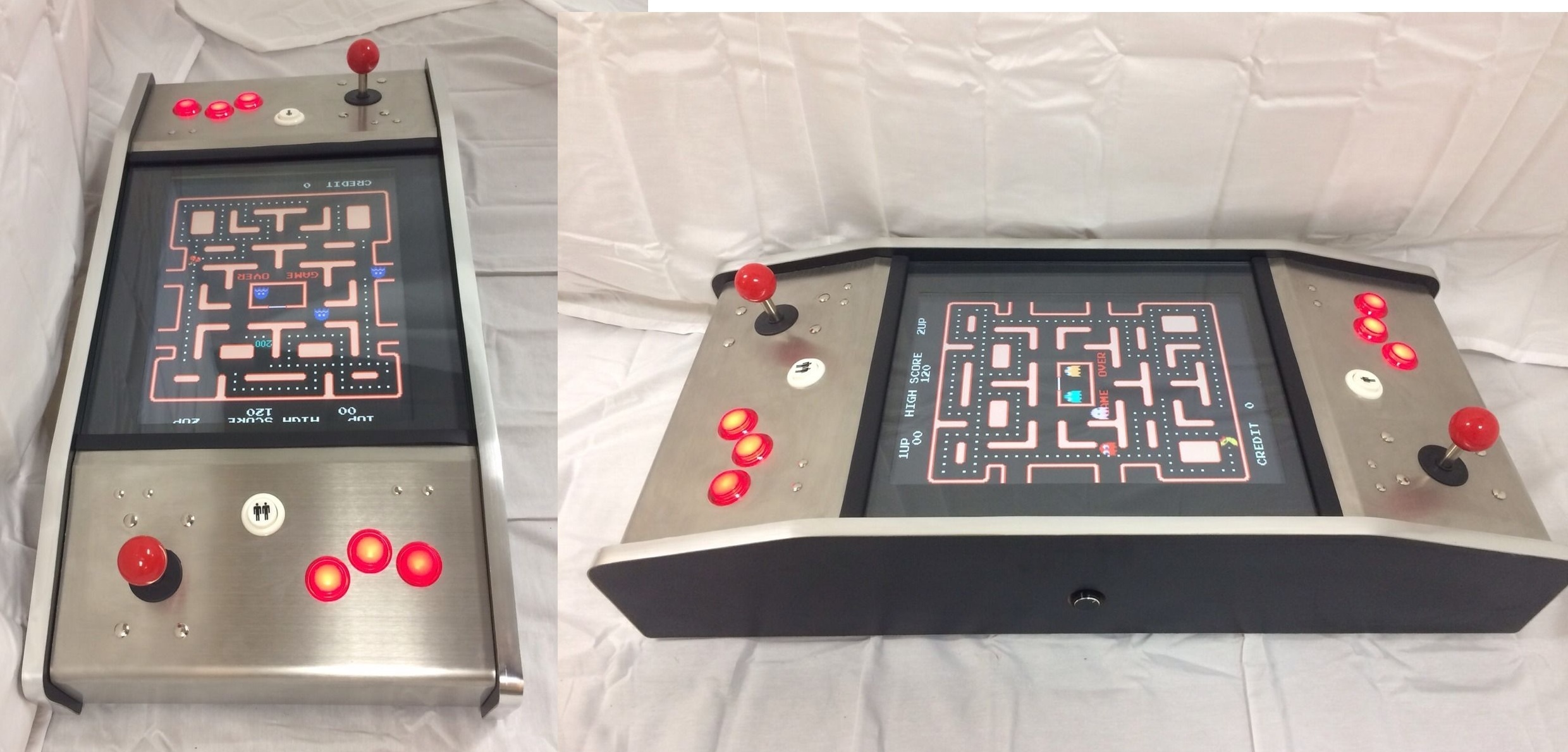

- #How to get raspberry pi emulator on mac for mac#
- #How to get raspberry pi emulator on mac software#
- #How to get raspberry pi emulator on mac download#
So I modified the scripts to use raspbian-buster instead of raspbian-buster-lite, turn off the headless option, then ran the entire process again.

These instructions won't give me any graphics because it's using the 'lite' version of Raspbian which doesn't include a desktop and X11. But I could have *sworn* I'd seen QEMU running a Raspbian desktop. I tried running the example command line graphics programs in /vc/opt but they wouldn't work, complaining that it can't access the vchiq. run.sh will run it as a headless instance, giving me a bash shell into a virtual Pi.
#How to get raspberry pi emulator on mac download#
The two scripts in this repo get the job done reliably./install.sh willl download QEMU, a Raspbian distro, and all of the required deps. Fortunately the open source emulation tool QEMU is up to the task.įollowing the instructions here, I was able to download and run QEMU on my Mac. That means I need an emulator, not just an OS conatiner wrapper like Docker. The RaspberryPi is an ARM computer and most Macs (until a few months ago) are X86. The short version is: yes it can be done but it's useless for graphics. As part of that I wanted to emulate a Raspberry Pi on my Mac.
#How to get raspberry pi emulator on mac software#
Refresh the Retropie software by quitting from the start menu or using the Super Kuma's reset.I've paused my work on Filament for a while to go back and do some more research into low level graphics for IdealOS. Remove the USB thumb drive and plug it back into your Raspberry Pi. Drag your ROM files into the system it’s associated with. Inside that Retropie folder you’ll find a new folder called ROM's and within it are folders for each system. Remove the thumb drive from your Pi and put it back into your computer. Plug the thumb drive into your Raspberry Pi. Insert the thumb drive into your computer and create a folder on the drive called Retropie. In this tutorial we're going to assume you have ROMs you own the rights to. However you can turn your old game cartridges into ROMS.

Even though many of the games you want to play haven’t been in production for 20+ years, they are still protected by copyright. This is the part where I point out that installing game ROM's is a legal grey area. Now all you have to do is add your ROM's. However, that's my experience and it may be the better option for you.Īfter all that gruesome work, its almost time to play Mario Kart all day! I also tried using Win32, but it did not work for me. I used Etcher as it's easier to use and you do not need to extract the image although I recommend extracting it. For Linux users, use the dd command or Etcher. For Window users, use a program called Win32DiskImager or Etcher. img file (which is the RetroPie disk image) onto your MicroSD card.
#How to get raspberry pi emulator on mac for mac#
For Mac users, the Utility Archive will work just fine. gz file, you need to extract it using a program such as 7-Zip. Once you have downloaded your SD card image as a. If you’re using a Raspberry Pi 3 like I am, select the download for Raspberry Pi 2/3. If you’re using an older Raspberry Pi, you select the Raspberry Pi 0/1. You’ll need to download the image for your RetroPie from the RetroPie page. RetroPie contains a bunch of emulators to play old games from an array of systems, including the NES, SNES, Nintendo 64, Sega Genesis, PS1, and Atari.įirst put your Micro SD card in its SD card reader and plug it in your computer. Your OS is a piece of software called RetroPie.


 0 kommentar(er)
0 kommentar(er)
